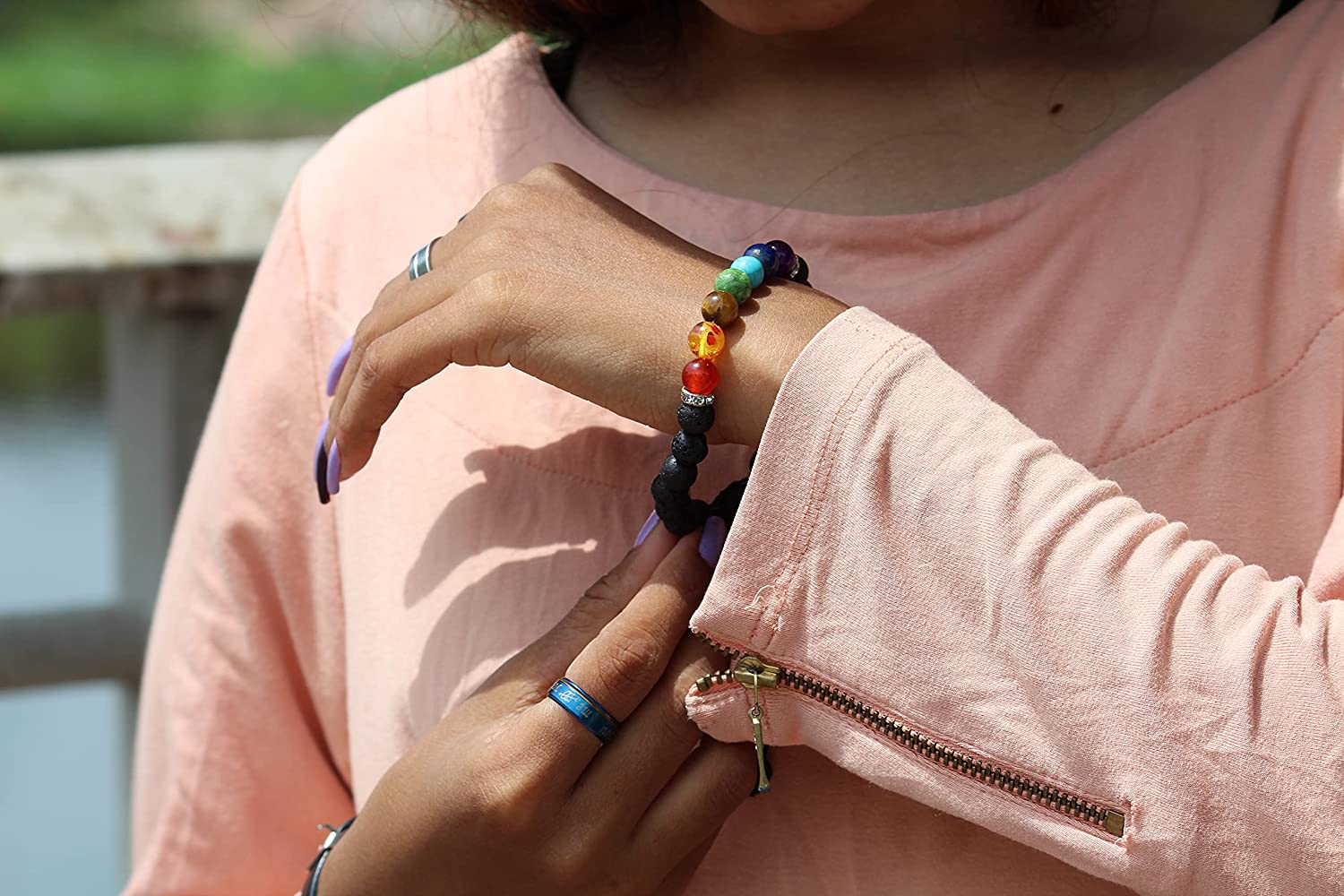
Understanding Energy Bracelets: Benefits, Claims, and Scientific Perspective
Energy bracelets, also known as power or balance bracelets, are worn by individuals who believe in their health and energy-enhancing benefits. These bracelets are often marketed with claims that they can improve physical performance, balance, and energy levels, and reduce stress among other health benefits. Here’s a detailed look at energy bracelets, including the common types, claims associated with them, and a review from a scientific perspective.
Types of Energy Bracelets
Energy bracelets come in various materials and designs, each purported to offer specific health benefits:
- Magnetic Bracelets: These contain magnets and are claimed to improve circulation, reduce inflammation, and alleviate pain by affecting the iron in the blood and increasing the flow of oxygen to areas that need healing.
- Ionic Bracelets: Often made with materials that release negative ions, these bracelets are claimed to counteract the positive ions generated by modern technology and reduce stress and anxiety.
- Copper Bracelets: Used for centuries, copper bracelets are worn with the belief that the body absorbs copper from them, which can help regenerate cartilage, relieve arthritis, and improve circulatory health.
- Hologram Bracelets: These feature holograms and are claimed to resonate with natural energy fields in the body to improve balance, strength, and flexibility.
- Gemstone Bracelets: Made from various natural gemstones, these bracelets are said to offer different energies and healing properties, depending on the type of stone used.
Claims and Purported Benefits
Manufacturers and users of energy bracelets often claim that these accessories can:
- Enhance physical balance and strength
- Increase energy and stamina
- Reduce stress and anxiety
- Improve sleep quality
- Alleviate pain from conditions like arthritis and migraines
- Detoxify the body
These benefits are said to result from the interaction between the bracelet’s material and the body’s natural energy field or electromagnetic field.
Scientific Perspective and Effectiveness
Despite the popularity of energy bracelets, there is limited scientific evidence to support the vast majority of health claims made about them. Here’s what research typically finds:
- Magnetic and Copper Bracelets: Some small-scale studies have suggested mild pain relief from arthritis when using magnetic or copper bracelets, but these studies often have significant limitations. The overall scientific consensus is that any benefit from wearing these bracelets is likely due to the placebo effect.
- Ionic and Hologram Bracelets: Research and clinical trials have generally found no significant difference in balance, strength, or stress levels between users of these bracelets and those wearing a placebo. The positive effects reported by some users can largely be attributed to placebo responses.
- Gemstone Bracelets: While many cultures attribute healing properties to various stones, there is no scientific evidence that these properties are anything beyond folklore.
Considerations Before Purchasing
If you are considering purchasing an energy bracelet:
- Be Skeptical of Outlandish Claims: Be wary of bracelets that claim to cure diseases or offer other miraculous health benefits without credible scientific evidence.
- Understand the Placebo Effect: Be aware that any perceived benefit may be due to the placebo effect, which, while powerful, does not signify a real treatment of physical ailments.
- Check for Allergic Reactions: Some materials used in bracelets, like nickel in magnetic bracelets, can cause allergic reactions in sensitive individuals.
- Budget Considerations: Energy bracelets can vary significantly in price, with some costing significantly more than others based on the materials used and the branding associated with them. It’s important to consider whether the cost is worth the purchase, especially if the benefits are not guaranteed. Opt for moderately priced options if you decide to try out an energy bracelet, and treat it as an accessory rather than a reliable health solution. This way, you can enjoy the aesthetic value of the bracelet without expecting significant health improvements, thus aligning your expectations more closely with the likely outcomes.

